Biomedical testing and calibration are essential processes that ensure the accuracy and reliability of medical devices and equipment. Whether it’s for regulatory compliance, patient safety, or operational efficiency, these tasks are critical to maintaining the high standards required in the healthcare industry. To streamline and improve these operations, many healthcare facilities and medical device manufacturers are turning to CMMS systems (Computerized Maintenance Management Systems). In this blog post, we will explore how a CMMS system can revolutionize biomedical testing and calibration, resulting in increased productivity, cost savings, and enhanced equipment reliability.
What is Biomedical Testing & Calibration?
Biomedical testing involves assessing the functionality, safety, and performance of medical devices and equipment. Calibration ensures that instruments provide accurate and reliable measurements, crucial for both diagnostics and treatments. Regular testing and calibration help in identifying potential faults before they affect patient care, ensuring devices meet industry standards and avoid costly downtime.
Key Biomedical Testing & Calibration Activities:
-
Routine Maintenance: Preventive checks on equipment to ensure optimal performance.
-
Calibration: Adjusting equipment to meet precise measurements, in line with manufacturer specifications.
-
Performance Verification: Confirming that medical devices operate within specified limits.
-
Compliance Monitoring: Ensuring devices meet regulatory requirements like FDA or ISO standards.
The Role of a CMMS System in Biomedical Testing & Calibration
A CMMS system is a software solution designed to streamline the maintenance management process. It helps healthcare facilities track and manage equipment maintenance schedules, generate work orders, monitor compliance, and keep detailed records of maintenance history.
Key Benefits of CMMS for Biomedical Testing & Calibration:
1. Automated Maintenance Scheduling
CMMS systems allow healthcare facilities to automate the scheduling of biomedical testing and calibration tasks. Instead of manually tracking equipment maintenance schedules, a CMMS can generate automated alerts and reminders to ensure that testing and calibration are performed regularly.
This minimizes the risk of missed maintenance, helps reduce equipment failure rates, and ensures compliance with industry regulations.
2. Improved Data Management
CMMS systems centralize all maintenance data, making it easily accessible and organized. This includes maintenance logs, calibration results, equipment history, and performance records. Having this data in one place simplifies compliance with regulatory requirements and provides valuable insights for troubleshooting and decision-making.
3. Real-Time Monitoring & Reporting
With real-time tracking capabilities, a CMMS system allows for continuous monitoring of medical equipment performance. It can alert staff to any deviations from standard performance metrics, enabling early detection of issues before they escalate into more serious problems.
Additionally, the system generates detailed reports, which can be used for quality audits, performance analysis, and compliance reviews.
4. Optimized Resource Allocation
CMMS systems enable better resource management by tracking the availability and condition of tools, equipment, and personnel. Maintenance teams can be assigned to specific tasks based on real-time needs, optimizing labor and minimizing downtime.
By efficiently managing resources, facilities can reduce maintenance costs and improve response times to urgent issues.
5. Compliance & Regulatory Support
The healthcare sector is heavily regulated, and non-compliance can result in severe penalties or even legal consequences. CMMS systems simplify compliance management by tracking the testing and calibration of medical devices and ensuring that everything is done in line with industry standards such as FDA, ISO 13485, and other regulatory bodies.
Additionally, CMMS can produce audit-ready reports that provide a detailed history of maintenance, calibration, and testing, supporting regulatory inspections and audits.
How CMMS Supports the Biomedical Industry
Streamlining Equipment Maintenance:
By automating maintenance schedules and ensuring timely calibration, CMMS systems help reduce the chances of unexpected breakdowns. This is particularly critical for equipment used in life-saving procedures, where equipment failure can lead to serious consequences.
Improving Equipment Lifespan:
Routine and proactive maintenance, coupled with accurate calibration, can extend the lifespan of biomedical equipment. A CMMS system helps identify patterns in equipment failure, enabling facilities to take preventative measures before small issues develop into costly repairs or replacements.
Enhancing Patient Safety:
Ensuring medical devices are accurately calibrated and properly maintained directly impacts patient safety. A CMMS ensures that all equipment is functioning within specified parameters, minimizing risks associated with misdiagnosis or incorrect treatments.
Best Practices for Implementing a CMMS System for Biomedical Testing & Calibration
-
Choose the Right CMMS Software: Select a CMMS system tailored to the healthcare industry, with features that support regulatory compliance, equipment management, and reporting. Look for systems that are user-friendly and integrate with existing hospital management software.
-
Training & User Adoption: Ensure that maintenance teams and other key personnel are properly trained to use the CMMS system. This ensures that everyone is aligned and can take full advantage of the system’s capabilities.
-
Regularly Update the System: Keep the CMMS system updated with the latest equipment information, calibration standards, and maintenance protocols. This helps to ensure that your system stays compliant with evolving industry standards.
-
Monitor & Optimize: Regularly review maintenance data and optimize workflows to ensure that your CMMS system is functioning efficiently. Identify bottlenecks and streamline processes to improve overall performance.
